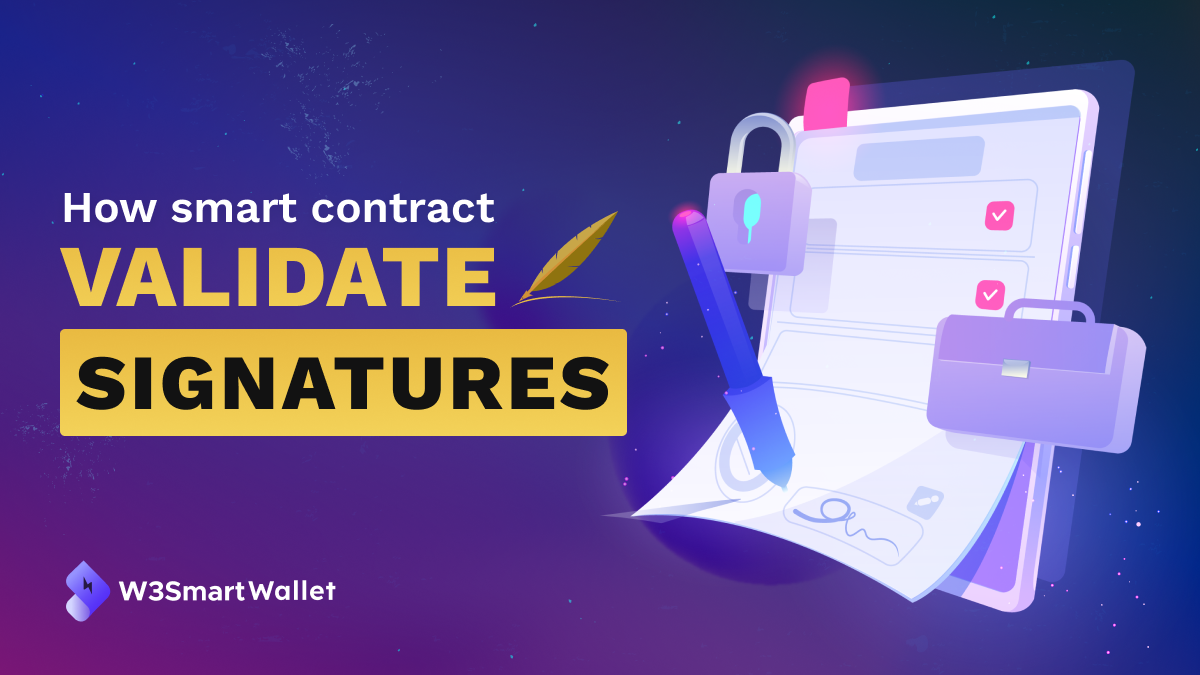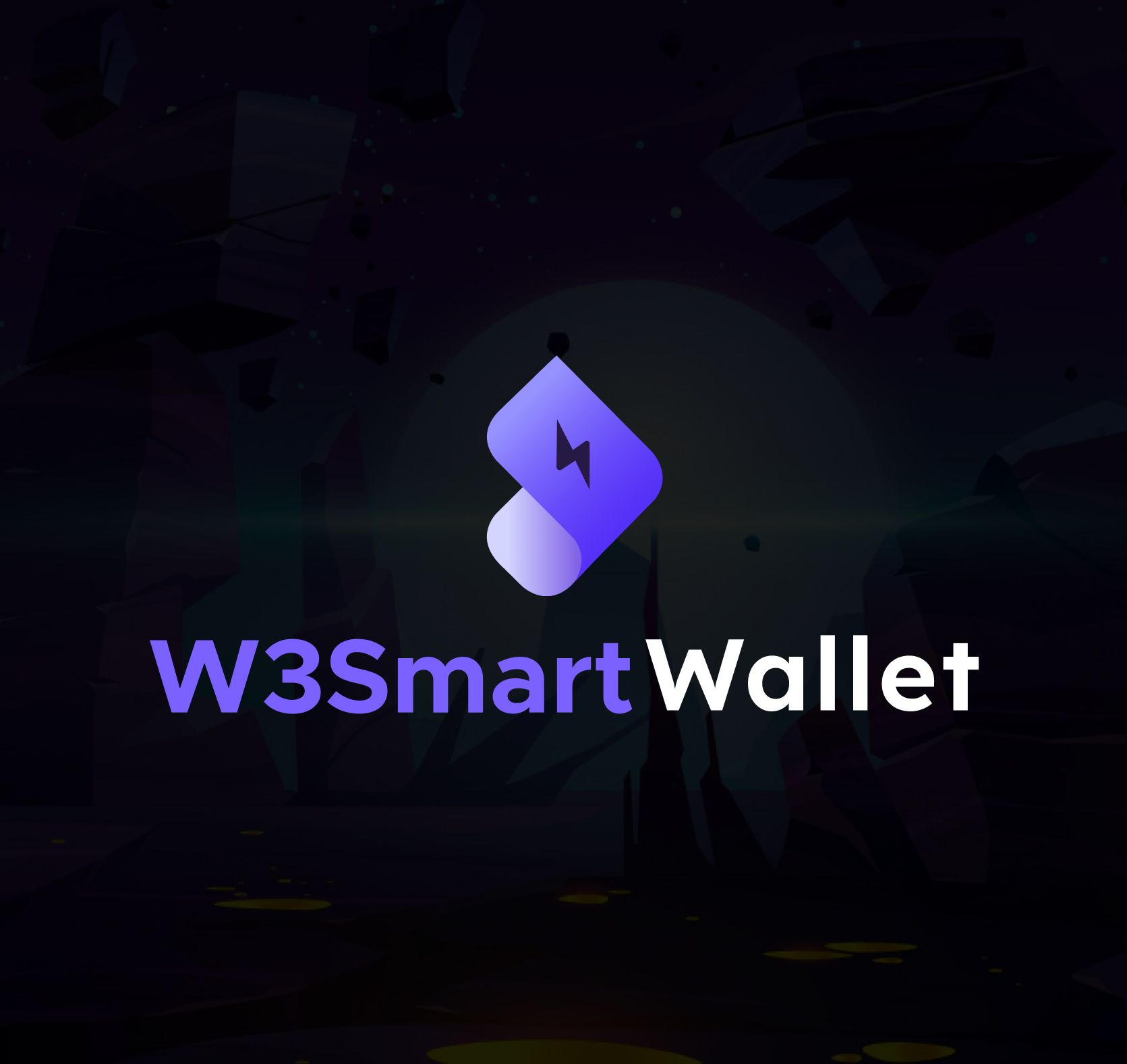
EIP-1271: How smart contracts validate signatures
Smart contract wallets like W3Smart Wallet rely on the EIP1271 standard for signature validation.
What is EIP-1271?
Traditional signature authentication on the Ethereum blockchain has relied on the ECDSA signatures. In EOAs, the private key signs the transactions, whereas in smart contract wallets, the contract itself signs the transactions. This conventional method, however, has limitations when applied to smart contract wallets, as it only supports EOAs.
EIP-1271 is an Ethereum Improvement Proposal (EIP) that defines a standard way for contracts to verify signatures. It was created to address the limitations of the traditional signature authentication method, which only supports externally owned accounts (EOAs). EIP-1271 allows smart contract wallets to define their own custom logic for signature validation, which provides greater flexibility and caters to a wider range of use cases, such as multi-signature wallets and social recovery wallets. In these wallets, the signing process can be asynchronous, requiring multiple signatures from various parties before a transaction can be executed. EIP-1271 provides a standardized method for validating signatures in smart contract wallets, streamlining the signing process regardless of the wallet's specific signing mechanism.
Here is an example of how EIP-1271 can be used. Let's say that you want to create a smart contract wallet that allows multiple users to sign transactions. You could use EIP-1271 to define a custom logic for signature validation that requires the signatures of two out of three users. This would ensure that no single user could approve a transaction without the consent of the other two users.
Validating traditional Signatures vs. EIP-1271
In a typical Ethereum application, when a user signs a message or a transaction using their private key, the signature is validated using the ecrecover function. This function takes the message hash, signature, and recovery ID as inputs and returns the signer's address.
With EIP-1271, the signature validation process is different. Instead of using ecrecover, the smart contract wallet itself implements a function called isValidSignature. This function takes the message hash and signature as inputs and returns a specific magic value if the signature is valid.
When to use each of EIP-1271 or ecrecover
After knowing the difference between validating traditional signatures and smart contract signatures, we need to implement a way to determine when to use each.
To determine whether we need to use EIP-1271 or ecrecover, we can check if the signer's address is a contract or an EOA. If it's a contract, assuming that it supports EIP-1271, we can proceed with the isValidSignature call. If it's not a contract, we can use the traditional ecrecover method for signature validation.
By implementing this approach, we can adapt our dApps to support both EOAs and smart contract wallets, ensuring a seamless and secure user experience for all types of Ethereum addresses.
Conclusion
EIP-1271 significantly enhances signature authentication in smart contract wallets, enabling more secure and efficient processes tailored to their unique requirements. Do you want to create smart contract wallet yourself? Test out W3Smart Wallet’s quickstart guide!






